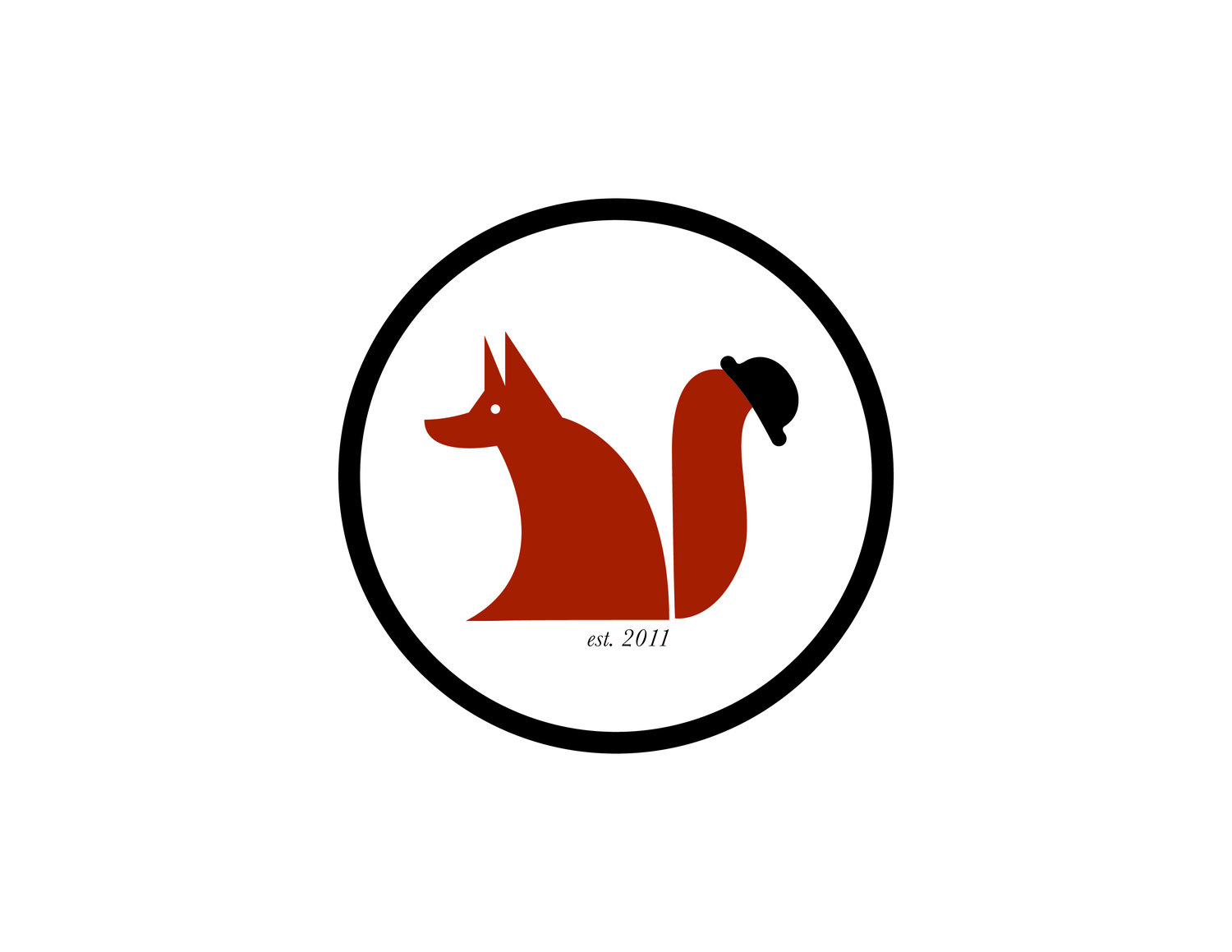Conversation with Claire Pentecost
Several months ago, I met with Claire Pentecost, artist, writer, and professor of photography at the School of the Art Institute, to talk about her extensive work. Earlier this year she had a room installation called “Our Bodies Our Soils” in the DePaul Art Museum.
I asked her about how she conceived of her multifaceted work that includes installations, photography, writing, and much more. She told me: “I feel like my whole artistic career has been about grappling with my misunderstanding of what we call nature. I was raised in Atlanta, Georgia, and my grandparents had a farm on the outskirts of town…I spent all this time roaming around the farm, even after it ceased to function as a commercial enterprise. I created a lot of fantasies about what nature is. When I got older, I became aware that culture also circulates a lot of different fantasies about this thing called nature. I’ve started calling it ‘The Nature’ because it is this thing we have constructed. Most of what we have conceptualized about nature doesn’t really include us and our activities, and there are a lot of consequences to that. For instance, our obsession with cleanliness is killing off microbes and bacteria that co-evolved with us and made us who we are today.”
I asked her about her conception of the “Public Amateur.” She explained: “It was partly a response to the public intellectual. It was from observing a way that many artists are approaching their practice, educating themselves and becoming an interloper into other fields… I was seeing a lot of people become experts even though they weren’t certified institutionally. This is not expertise via the authorized track. This applied not only to artists but also to all kinds of people. I think it has to do with the failure of authorities to protect us from the risks of a techno-scientific society, the unintended consequences of modernization. Authority has become suspect, partly because it is corrupt, partly because it contradicts itself so much. And with every ‘solution’ those in control always seem to create new problems.
“What is interesting for me to observe is all these people educating themselves to take responsibility for how to navigate a complex society. The amateur of course learns because they love learning or they love a particular subject. It’s important to me that the process of learning is made public. So that learning itself and what constitutes knowledge can be examined. It’s on the table. It’s not ‘Oh I’ve learned this, I get certified, and now you have to listen to me.’ Put the whole process out in the light. I feel that artists are in a really good position to do this because ideally they have a public. People can garner publics in all kinds of ways, internet, and social media, etc. To try to produce knowledge collectively makes the knowledge more robust.”
Pentecost brings this notion of the public amateur and concern for understanding nature to her installation “Our Bodies Our Soils.” In her work, she explains, “[The piece] was a room installation mimicking a 19th century apothecary. Over 170 vintage pharmacy jars containing samples of distinct soils were labeled with the locations where they were collected, most from the Chicagoland area. The artist explains that every plot of soil is different as it has a singular history, and that if you know how your farmer treats her soil, you will have a good indicator of the quality of the harvest. But the connection between our bodies and our soils is even more complex. Our bodies have co-evolved with millions of beneficial microbes, many on a continuum with the beneficial microbes in soil. Unfortunately we have been destroying many of these microscopic symbionts with misuse of antibiotics and overuse of microbial cleansers. Similarly in the soil, pesticides are destroying the healthy biology that makes farming without poisonous chemicals possible.”
On a long marble counter, soil samples were displayed under bell jars, so that visitors had the opportunity to lift the bell jar and take in the aroma of a given sample. It was simply astonishing to see how different soil samples could be in our fair city. The walls had drawings depicting the microscopic world to the macroscopic world. In this room, she explores the interconnectedness between humans and unseen organisms. She explained that part of the reason she chose this 19th century aesthetic was to harken to the days when public amateurs were common in society. Scientists, politicians, artists and more all explored other fields beyond their traditionally trained vocation.
In conjunction with the exhibition, there were several events. On selected Fridays, Pentecost set up her microscope to examine soil samples brought in by participants. It provided people an opportunity to come face to face with this invisible world. There was also a joint lecture with Pentecost and Liam Heneghan, professor of Environmental Science and Studies at DePaul University, called “Soil Matters: Art and Science in Conversation.” It was stupendous to watch this meeting of the two disciplines talking about the importance of soil to our food, our environment, our bodies, and the world. I learned that earthworms are not indigenous to the New World; they were brought over by settlers bringing over soil for cultivation. I think that there should be more meeting of the minds between artists and scientists like this.
That’s just a sample of our conversation! What a pleasure to talk to Claire Pentecost about her work!
Check out her art and writings at her website: http://www.publicamateur.org/
Claire Pentecost currently exhibiting: “the force that through the fossil drives utopia drives my greased age” at the Arts Club of Chicago. There will be a gallery talk “Climate Change and the Anthropocene” with Claire Pentecost and geophysical scientist Elisabeth Moyer on October 24th at 1pm. Check out more information here: http://www.artsclubchicago.org/Exhibitions_Public_Events/Claire_Pentecost.aspx
